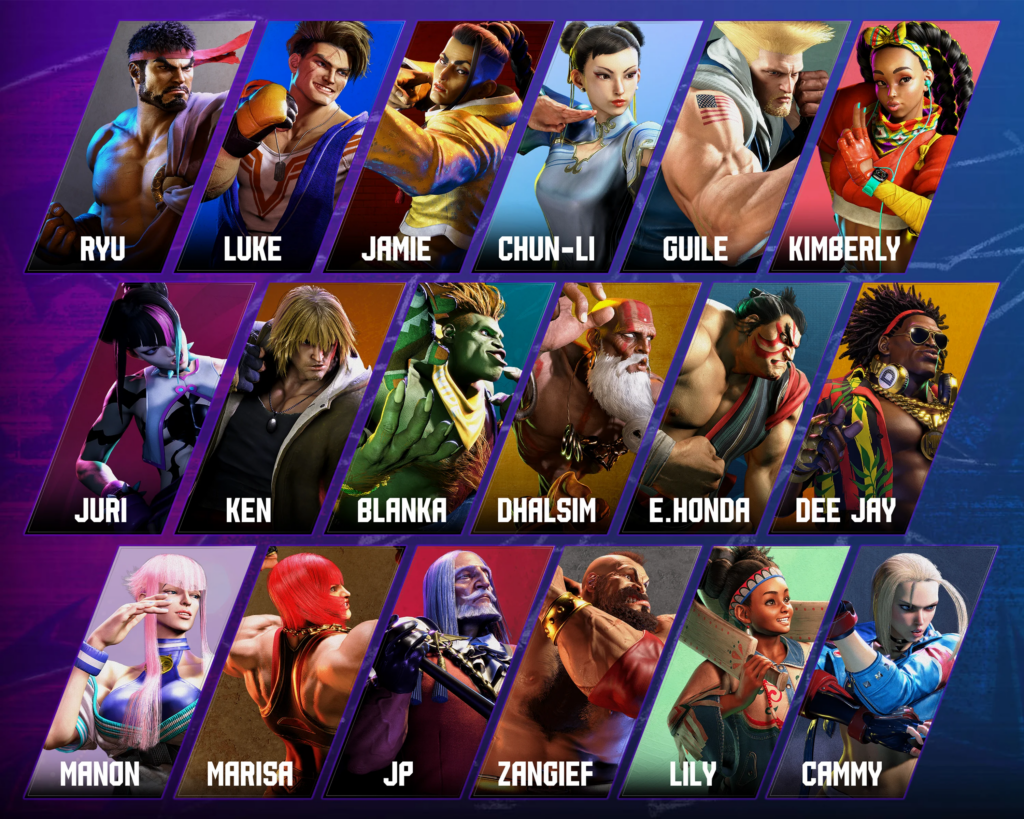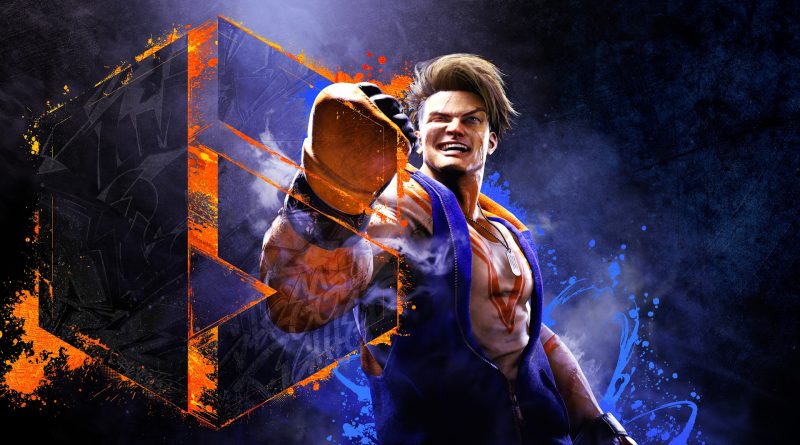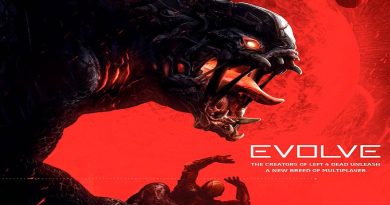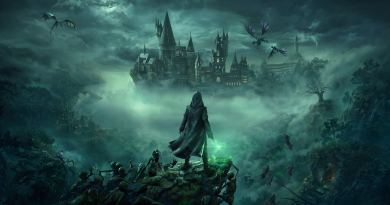Street Fighter 6: A Turning Point in Favor of the New Generation of Fighters
Seven years after the troubled previous chapter’s release, Street Fighter returns to the rings around the world to prove that its legend is still alive. Capcom has embarked on a brave path made of changes, and Street Fighter 6 is an excellent starting point for those who want to approach this type of game while also laying a rock-solid foundation for those who have been playing this game franchise for years.
Capcom’s Street Fighter 6 is the seventh main entry in the Street Fighter series. It was released on June 2, 2023, for PlayStation 4, PlayStation 5, Windows, and Xbox Series X/S, with an arcade version issued by Taito later the year.
Street Fighter 6 is built on the RE Engine and supports cross-platform play as well as rollback netcode, a technique for synchronizing game states in multiplayer fighting games. It has three major game modes and three different control methods. The game also has a real-time commentary system, giving it a tournament-like feel.
Plot and Gameplay
The plot of Street Fighter is simple, but the mechanics are the true core of the Capcom game, where the desire to create continuity with previous titles emerges, giving a little more depth to the street warriors. All the historical fighters have grown and aged, finally giving a real timeline to the titles of the series.
The gameplay and modifications in mechanics in the sixth chapter constitute the game’s pulsating heart. Fighting Ground, World Tour and Battle Hub are the three overarching game modes in Street Fighter 6.
Fighting Ground includes local and online versus battles, as well as training and arcade modes, all with 2D combat gameplay similar to previous games in the series, in which two fighters employ a variety of strikes and special powers to knock out their opponent.
World Tour is a single-player story mode with action-adventure gameplay that takes place in 3D landscapes such as Final Fight’s Metro City and the little South Asian nation of Nayshall. As a result, we will be able to design a fighter from scratch using the editor and finally explore Metro City and everything it has to offer: battles, new styles, and dozens of mini-games and tasks to complete, each of which will let your character evolve with RPG-style advancement.
During the World Tour Mode campaign, you will face tutorial missions, which are great for those who need to practice techniques and styles, but there are also many ways to test the created character, mixing styles and special moves in what will become a one-of-a-kind fighter inextricably linked to his creator. Then there are the Easter Eggs and references to the world of Street Fighter and Capcom games in general, which will elicit more than a smile from the player, engaged between a secondary recovery mission and training with one of the many masters chosen within this world.
Battle Hub serves as an online lobby mode, with player avatars from the World Tour mode that may be customized. Players can compete in ranked or casual matches, battle using their created avatars, use skills learned in World Tour mode, participate in special events, or play emulated Capcom arcade titles, among other features, in the Battle Hub. Here you can truly test your skills against players from all over the world.
It’s difficult not to applaud this overall multifaceted approach, because Takayuki Nakayama’s team has incorporated many concepts to keep a genre like fighting games, which typically thrive in online combat mode, interesting and long-lived.
Street Fighter 6 has also one of the most comprehensive and in-depth tutorials we’ve ever seen, that support not only for the fundamental mechanics but also for the more in-depth ones. There are unique tutorials for the characters and tests to learn the first hit combos, preparing you not only with the correct terminologies but also for the first online fights in an optimal way. Of course, it will then be up to the player’s dedication to demonstrate what he has learned and to refine his combat approach more and more, while also choosing between a classic game system, heir to previous chapters, or a modern style, which is undoubtedly a further element in favor of immediacy and learning, but balanced in equal measure with the classic version.
The use of several super combos returns from Street Fighter Alpha, as does the Ultra Combo W variation from Ultra Street Fighter IV. However, each character has just three super combinations based on their level gauge. Ryu’s Shinku Hadoken, Shin Hashogeki, and Shin Shoryuken, for example, can only be employed at Levels 1, 2, and 3. When a player’s health is low, their Level 3 super move transforms into a Critical Art, which is more powerful and has a longer cinematic scene. Certain move sets can only be canceled to super moves based on how many levels the player has completed, such as EX/Overdrive special moves, which can only be canceled to higher levels above Level 1, while ordinary special moves can only be canceled to Level 3 without surrendering the Drive gauge.
Another essential component of the single-player mode is the extreme battles, “special” clashes where specific modifiers or different victory conditions will test the player with runaway bulls, drones, and electrified areas, attempting to stress the player’s concentration even more. Another unquestionably valuable note is the artificial intelligence of the enemies, possibly one of the best ever created in street fighter, with a CPU so well managed that it can be exploited to gain an advantage by being able to train with real sparring partners that react as many of the real players would.
Street Fighter 6’s main fighting gameplay revolves around the Drive Gauge, a feature designed to stimulate player inventiveness. The gauge can be used for five different techniques, which players must prioritize. The majority of the mechanics of the Drive Gauge are based on previously existing mechanics from prior Street Fighter mainline games, such as Parry, Focus Attack, EX move, and so on. The game has three control schemes: the “classic” control scheme, which is a six-button layout that functions similarly to previous entries; the “modern” control scheme, which is a simplified four-button layout that assigns special moves to a single button combined with a directional input; and the “dynamic” control scheme, which can be used in certain parts of the Fighting Ground mode but is not allowed in online battles.
The Drive System is a new energy bar present under the life indicator that allows you to perform three different types of moves: Drive Impact, Drive Rush, and Drive Parry. The first allows you to perform an armored blow (you will absorb at least three opponent attacks before being stopped) capable of creating an opening in the opponent’s armor. The Drive Rush, on the other hand, will allow you to counter an attack by sprinting towards the opponent and thus breaking the combos, while the Drive Parry will allow you to absorb every blow immediately and, with the right timing, to overturn the attack towards the opponent. These three mechanics, when used properly, can easily turn the tide of a game, making the clashes very aggressive but at the same time very strategic, which is a huge step forward for the series. Abusing this bar obviously has a cost, namely Burnout, a status that causes you to take damage even when parrying and, if hit by a Drive Impact, significantly reduces your life bar, resulting in a rapid and painful defeat.
Another intriguing addition is the “modern” combat system designed for those who are just starting out in the world of street fighters. This type of system works with combinations of direction and keys, making learning and playing easier for newcomers while remaining deep enough not to detract from the series’ classic approach, demonstrating once again how the title wants to bring as many people as possible into the world of fighting games. Furthermore, the rock-solid and well-structured cross-platform allows players to challenge each other on different platforms without lag or slowness issues.
A totally new feature in Street Fighter 6 is a real-time commentary system, in which English and/or Japanese commentators monitor the action in real-time, giving it a more tournament-style atmosphere, or allowing the player to cheer them on.
Characters
The game launched with an initial group of 18 characters.

Blanka
Cammy
Chun-Li
Dee Jay
Dhalsim
E. Honda
Guile
Jamie
JP
Juri
Ken
Kimberly
Lily
Luke
Manon
Marisa
Ryu
Zangief
The following four additional fighters are scheduled to be released as paid downloadable content during the game’s first year of release.
Rashid
A.K.I.
Ed
Akuma
Graphics and Sound
If the light effects and 3D models of the characters are well-developed and excellently blended with the backgrounds of the stages, the same cannot be said for the characters in the World Tour. As far as fluidity is concerned, there is nothing to say, the fights are fast, precise, and never slowed down, at least in performance mode, while in graphics mode we go below 60 fps and lose some shots in general, especially in the World Tour, where a large amount of screen models seems to give some framerate problems to the game’s graphics engine.
Musically, Street Fighter is truly inspired, resurrecting the Street and Rap atmospheres from the third chapter and reinvigorating them with a fresh and younger cut, once again in favor of the new generations of fighters, ferrying the brand into a future marked by online battles and Esports. The game’s main theme song is titled “Not on the Sidelines,” and it was created by GRP and rappers Rocco 808 and Randy Marx. Ross Harris directed and edited the song’s official video clip, featuring musicians Sumi Oshima and Benny Diar. The soundtrack was influenced by hip-hop culture, according to primary composer Yoshiya Terayama, and was intended to represent “a new generation for the series.”
Conclusion
The new incarnation of the brand is the most solid and interesting seen in recent years and intends to give a decisive boost to one of Capcom’s flagships, refreshing it and bringing new and old players to collide, in the best possible way. The great variety of options, the excellent combat mechanics, the granite online mode, and the enticing commentary system quickly make us forget the graphic flaws, putting us in front of one of the best fighting games on the market.



